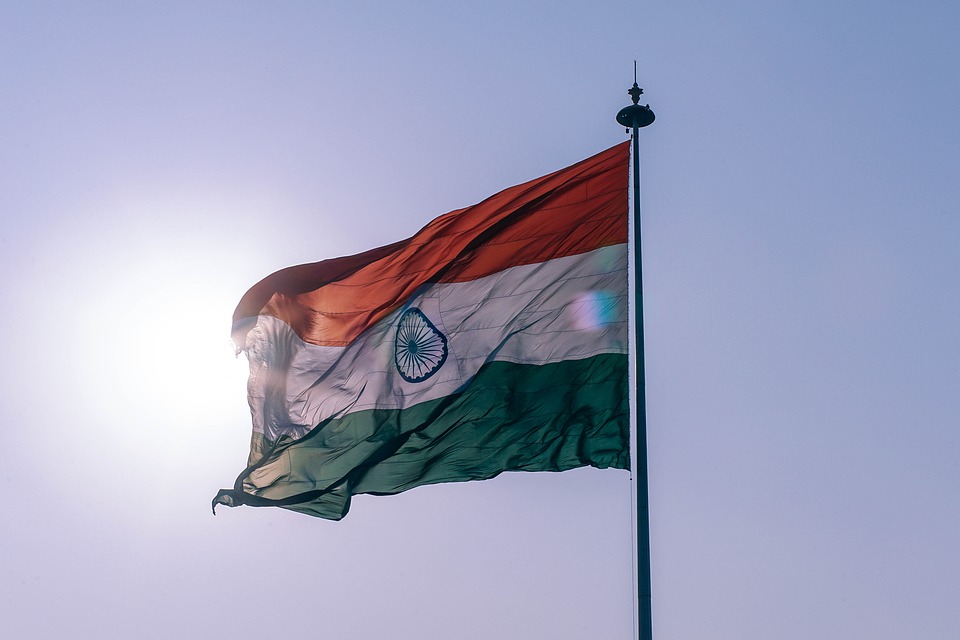This is an opinionated article written by Pranav. Pranav is an advocate by profession and practises in the Courts of Haryana. The opinion shared by the author in this article is his personal opinion and the website bears no relation or opinion about the same.
Even before our independence in 1947, hindu-rashtra has been a significant demand of various organisations and intellectuals of our country. Mohammad Ali Jinnah, who later founded Pakistan, first propounded the two-nation theory i.e. one nation for hindus and another for muslims and subsequently, muslim league passed the Pakistan resolution in the Lahore session. Since then, the demand for declaration of India as a country for Hindus has been raised at various times by intellectuals, elected leaders and organisations, shutting their eyes on the muslims who chose their country over their religion when they had a chance to go to Pakistan.
Let’s understand the constitutional limitations why India can never be a hindu-rashtra :
Thanks to the Hon’ble Supreme Court
Swami Kesavananda Bharti was the head of ‘Edneer mutt’ in Kasargod, Kerala. In 1970, the government attempted to acquire land belonging to the mutt under The Kerala Land Reforms Act, 1963. Swami Kesavananda Bharti took objection to this and filed a writ petition through senior advocate Nani Palkhivala seeking to protect the fundamental right to protect their property without undue restrictions from the state. While the proceedings of the case were going on, the Parliament brought the Constitution’s 29th amendment and added certain land reform laws to the ninth schedule. This adversely impacted Swami Kesavananda Bharti as the ninth schedule was made to prevent judicial scrutiny of any law which was added to it.
The advocate of Swami Kesavananda Bharti, Nani Palkivala, challenged the 29th amendment along with two other amendments, specifically the 24th and 25th amendment of the constitution.
It is pertinent to mention here that ‘Article 368’ of the constitution grants power to the Parliament to amend the Constitution. But the question arose whether the power of Parliament under Article 368 was limited or unlimited? Whether it was unrestricted or the courts could review the amendments?
Nani Palkivala contended that the challenged amendments made by the Parliament nullify the most cardinal and fundamental principles of the Constitution, like the ninth schedule, which prevents judicial scrutiny of any law added to it and the Parliament has no power to alter such fundamental principles under the Constitution. On the other hand, the government argued that the Parliament has unlimited power under Article 368 to amend the constitution.
Thirteen judge bench of the Supreme Court sat for almost 5 months to decide the questions raised by both the parties. By a majority of 7:6, the Supreme Court gave its decision that although the Parliament had powers under Article 368 to amend the constitution but this power is not unlimited. The Parliament cannot make any such law or amendment which destroys or alters the ‘basic structure’ of the Constitution. All constitutional amendments made after that date of the judgement have to pass the ‘basic structure filter’. The court could nullify or revoke any amendment that destroys the basic feature of the constitution.
The basic structure
Different judges had different opinions about the basic structure. Collectively, ‘supremacy of the constitution, mandate to build a welfare state, separation of power among the legislature, executive and judiciary, federal character of the constitution, sovereignty and unity of the country, parliamentary democracy, secular character of the constitution, dignity of individuals secured by fundamental rights’ are some of the many features of the basic structure of the constitution. The judges relied mainly upon the Preamble, the directive principles of state policy and the fundamental rights to describe the basic structure.
The 42nd amendment
During emergency in 1976, the Indira Gandhi led government brought the 42nd amendment to the constitution and inserted two expressions ‘socialist’ and ‘secular’ to the Preamble of the constitution.
Even though ‘secularism’ had always been a basic feature of the constitution, its insertion into the preamble gave it more constitutional validity.
Hindu-rashtra
As ‘secularism’ is a basic feature of the constitution, therefore, the Parliament has no power to amend the constitution and make India a Hindu-rashtra. Also, the decision of the Hon’ble Supreme Court can’t be changed until and unless another bench of the Supreme Court consisting of at least 13 judges sets aside the judgement in the Kesavananda Bharti case.
For feedbacks, feel free to contact the author at Pranav J | LinkedIn or you may also whatsapp him at 9991189110.



